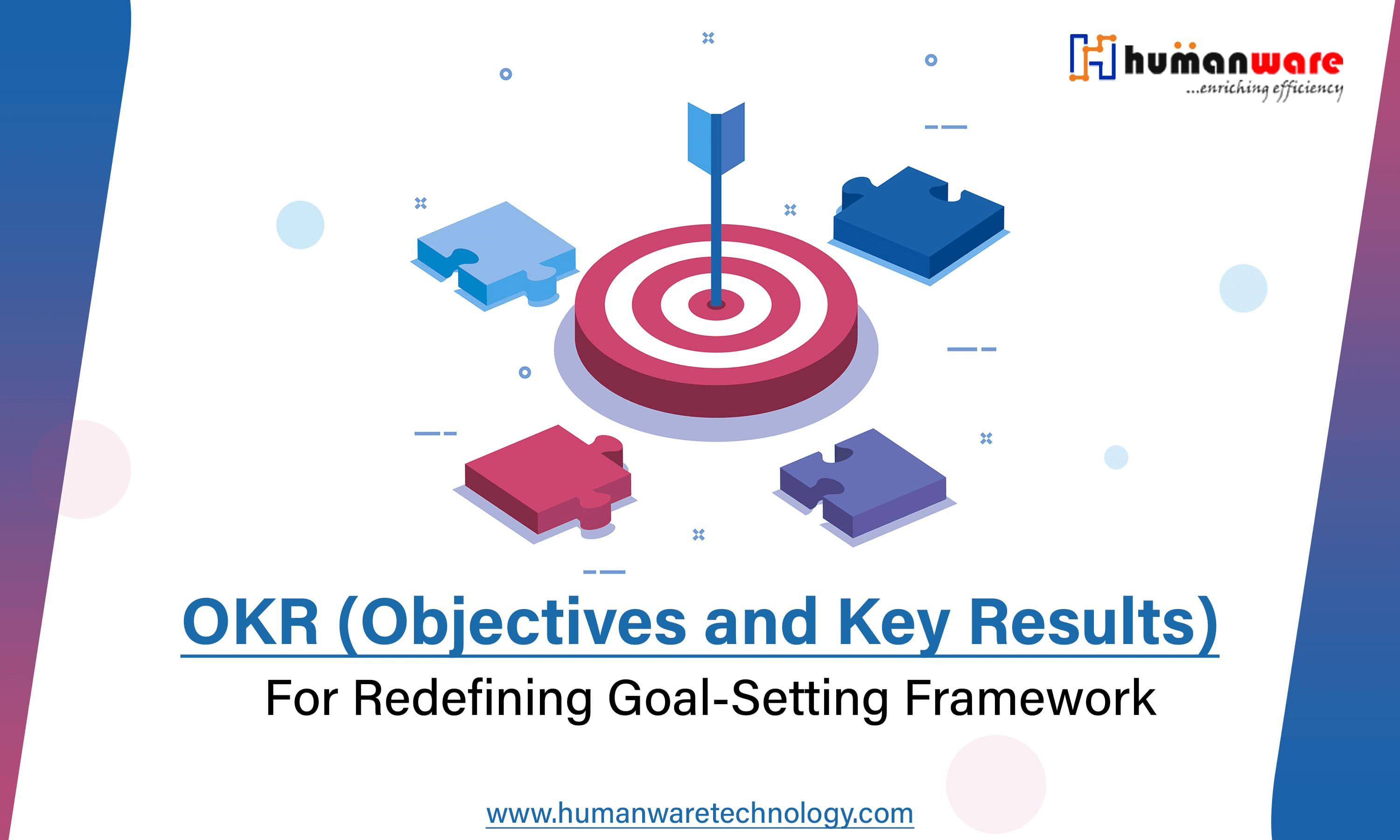
OKR for Redefining Goal-Setting Framework
In a growing organization teams take on more responsibilities and projects each year. They often face the challenge of having multiple projects at the same time and trying to do everything at once. Developing OKRs is one of the best ways to prioritize initiatives and focus efforts in the right direction. HR managers are responsible for not only attracting and retaining top talent, but also ensuring employee alignment with company goals. To successfully execute HR initiatives, many organizations look to OKRs (objectives and key results) as a strategic framework. To better understand the OKRs lets focus on HR OKRs.
What are HR OKRs?
Human Resources Objectives and Key Results (HR OKRs) are a performance management framework that focuses on setting clear, measurable objectives and the key results that define success in achieving those objectives. This methodology, popularized by tech giants like Google and Intel, has found its way into HR departments to help set and track goals effectively. HR OKRs typically cover a range of HR functions, including talent acquisition, employee engagement, performance management, diversity and inclusion, learning and development, and more. They provide HR professionals with a structured approach to aligning HR efforts with the organization's broader goals and measuring their impact.
Why Should You Set HR OKRs?
HR OKRs ensure that HR initiatives are aligned with the organization's broader strategic goals. This alignment promotes a consistent approach and contributes to the overall success of the company. HR OKRs bring clarity and focus to HR activities. By establishing clear goals and defining key results, HR teams can prioritize their efforts and allocate resources more effectively. The key element of HR OKRs is that they are measurable. This allows HR professionals to track progress and evaluate the impact of their initiatives, enabling data-driven decision-making. HR OKRs encourage a culture of continuous improvement. By regularly reviewing and adjusting objectives and key results, HR teams can adapt to changing circumstances and drive continuous progress. Involving employees in the goal-setting process promotes a sense of ownership and commitment. When employees understand how their work contributes to broader organizational and HR goals, they are more motivated and engaged.
OKRs vs. KPIs
While HR OKRs and Key Performance Indicators (KPIs) are both valuable tools for measuring performance, they serve different purposes and have distinct characteristics.
| OKRs | KPIs |
|---|---|
| HR OKRs are primarily about setting and achieving specific objectives. They define what needs to be accomplished and how success will be measured. They are forward-looking and focus on outcomes. | KPIs are performance metrics used to track ongoing activities and processes. They are backward-looking and provide insights into past performance. KPIs are used to monitor the day-to-day operations and progress toward goals. |
| HR OKRs are designed to be flexible and adaptable. They encourage regular review and adjustment of objectives and key results based on changing priorities and circumstances. | KPIs tend to be more steady and are often set for lengthy periods. They are less flexible in responding to shifting goals and strategies. |
| HR OKRs can enhance employee motivation and engagement by involving employees in goal setting and emphasizing the larger purpose behind their work. | KPIs are often used for managerial purposes and may not directly involve employees in goal setting. They are more focused on tracking performance metrics |
Benefits of HR OKRs
- HR OKRs drive improved performance by setting clear objectives and providing a roadmap to achieve them. This clarity can lead to higher productivity and better results.
- HR OKRs ensure that HR initiatives are aligned with the organization's strategic goals, fostering greater cohesion and synergy across the company.
- HR OKRs rely on measurable key results, enabling data-driven decision-making. This helps HR teams identify what's working and what needs improvement.
- HR OKRs emphasize outcomes and impact, encouraging HR professionals to think beyond processes and activities to achieve meaningful results.
- Increased Accountability by setting specific objectives and key results, HR OKRs create a sense of accountability among team members, leading to more responsibility and ownership over their work.
- HR OKRs are designed to be adaptable, allowing HR teams to respond to changing circumstances and adjust their goals and strategies accordingly.
- Involving employees in the HR OKR setting process can boost engagement and alignment with company goals, making them more invested in achieving those objectives.
Conclusion
HR OKRs represent a powerful approach to strategic human resource management. They align HR initiatives with organizational goals, provide transparency and focus, and promote a culture of accountability and continuous improvement. While HR OKRs are similar to KPIs, they differ in purpose, flexibility, and emphasis on setting goals and outcomes. HR departments must be flexible and forward-thinking. HR OKRs provide a framework and methodology to ensure that HR professionals not only manage HR processes, but also actively contribute to the success of the organization. By defining and following HR OKRs, companies can unlock the full potential of their employees, drive innovation and achieve sustainable growth.